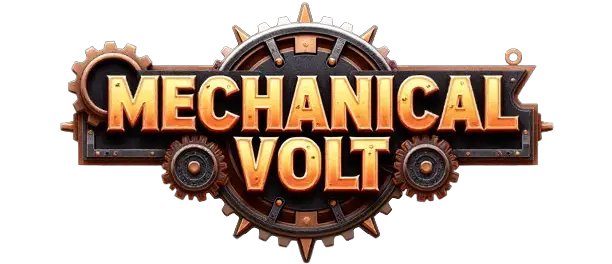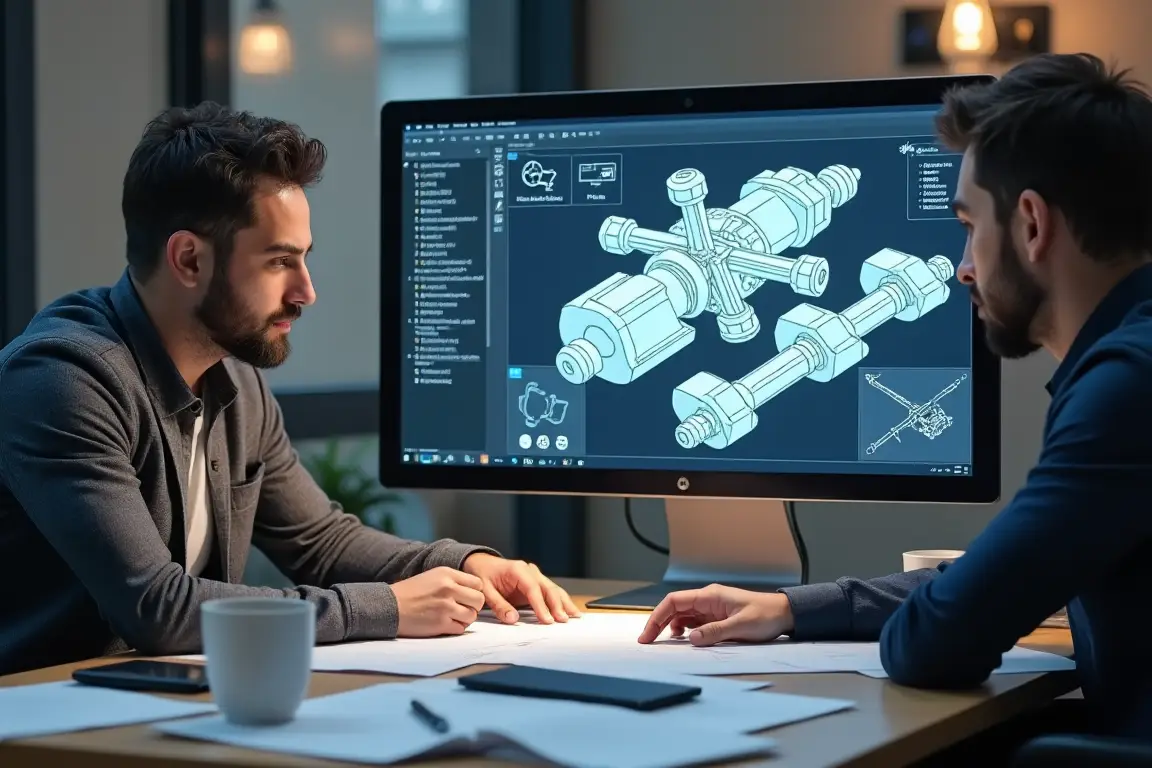The Role of Machine Design in Engineering ⚙️
Machine design is an essential element in mechanical engineering that shapes the way machines, tools, and other mechanical systems are developed and optimized. This field involves the creation of machines that can perform specific tasks efficiently, safely, and with minimal environmental impact. Machine design integrates knowledge of materials, mechanical principles, and technology to bring ideas to life.
Why Machine Design Matters?
Machine design isn’t just about creating functional machines—it’s about creating reliable, cost-effective, and sustainable solutions that meet specific engineering requirements. With the constant advancements in technology, machine designers need to adapt and think creatively to address the challenges of modern engineering.
Key Reasons Why Machine Design Is Vital:
- Improves Efficiency: By optimizing design, machines perform their intended tasks more effectively, reducing energy consumption and wear and tear.
- Enhances Safety: Properly designed machines help ensure the safety of operators and the surrounding environment.
- Reduces Costs: Effective design leads to lower maintenance costs and extended product lifespans.
Key Concepts in Machine Design
Machine design revolves around several core concepts that engineers apply to ensure functionality and longevity:
1. Materials Selection
The choice of materials plays a critical role in machine design. Engineers must select materials that offer the best combination of strength, durability, and weight for the intended application.
- Metals like steel and aluminum are often used for structural parts.
- Composites are used for lightweight applications in aerospace and automotive sectors.
2. Stress and Strain Analysis
Understanding how materials respond under different loads is fundamental. The design needs to accommodate various forces (tension, compression, shear, etc.), ensuring that components won’t fail under normal operational conditions.
The Machine Design Process: Step-by-Step
The process of machine design involves several stages that engineers follow to ensure the final product meets the necessary standards.
Step 1: Defining the Problem
The first step in machine design is to define the problem the machine will solve. This involves gathering all the necessary requirements, such as:
- The load the machine will bear.
- The environment in which the machine will operate.
- The type of motion required (e.g., rotary, linear).
Step 2: Conceptual Design
This stage involves brainstorming different solutions and selecting the most promising one. Engineers will create multiple design concepts and compare their feasibility, efficiency, and cost.
Step 3: Detailed Design
Once the concept is chosen, engineers move on to the detailed design phase. This includes:
- Creating detailed drawings and blueprints.
- Specifying materials and tolerances.
- Conducting stress tests and simulations.
Step 4: Prototype and Testing
A prototype is built and tested to ensure that the machine performs as intended under real-world conditions. Adjustments are made as necessary.
Common Challenges in Machine Design
Machine design can be a complicated process due to the many factors that must be considered. Some of the common challenges include:
1. Balancing Performance with Cost
Designing a machine that performs well without driving up costs can be tricky. Engineers must balance high-performance materials with budget constraints.
2. Overcoming Design Complexity
As machines become more complex, ensuring that all parts fit together seamlessly becomes more difficult. Multi-functional systems require intricate planning and testing to ensure that everything works in harmony.
3. Safety Considerations
Every machine design must meet safety standards. Engineers must consider potential hazards and design features that can prevent accidents and machine malfunctions.
Applications of Machine Design in Modern Industries
Machine design is pivotal in various industries, from manufacturing to transportation. Some of the industries that rely heavily on machine design include:
1. Automotive Industry
Machine design plays a crucial role in vehicle manufacturing, from designing efficient engines to developing durable suspension systems and braking mechanisms.
2. Aerospace Engineering
In aerospace, machine design is used to build components for aircraft, satellites, and rockets. Safety, durability, and efficiency are key considerations in this field.
3. Robotics
Machine design is at the heart of robotics, ensuring that robotic arms, drones, and automated systems can perform specific tasks with precision and reliability.
4. Medical Devices
Machines like MRI machines, ventilators, and prosthetics all rely on precise machine design to function correctly and meet regulatory standards.
Key Tools and Technologies in Machine Design
1. CAD Software
Computer-Aided Design (CAD) software is the backbone of modern machine design. Tools like AutoCAD, SolidWorks, and CATIA allow designers to create detailed models and perform simulations.
2. Finite Element Analysis (FEA)
FEA is used to simulate how materials and parts will behave under different stresses. This technology helps in designing safer, more efficient components.
3. 3D Printing
3D printing allows for the rapid prototyping of machine parts, reducing costs and accelerating the development process.
Conclusion: The Future of Machine Design
Machine design continues to evolve with technological advancements, making machines more efficient, sustainable, and intelligent. As the industry moves toward smart technologies and automated systems, machine design will be at the forefront of these innovations.
Engineers will need to continue to think critically about how to address the challenges of resource efficiency, energy consumption, and safety as new technologies emerge.
By staying up-to-date with trends and utilizing modern tools like CAD software and 3D printing, engineers can continue to drive innovation and build the machines of the future.
Table: Key Steps in Machine Design Process
| Step | Description |
|---|---|
| Define the Problem | Understand the problem and requirements for the machine. |
| Conceptual Design | Brainstorm different design options and select the best one. |
| Detailed Design | Finalize the design, including materials, tolerances, etc. |
| Prototyping | Build a prototype and test it to validate the design. |
| Testing & Refinement | Refine the design based on prototype testing and feedback. |
By following these steps and addressing the challenges head-on, machine designers can ensure the creation of machines that are not only functional but also efficient, safe, and cost-effective.
SEO Keywords Used: machine design, engineering principles, mechanical design, CAD software, stress analysis, machine elements, design process.
Internal Links:
External Link:

